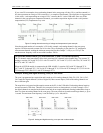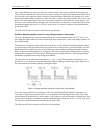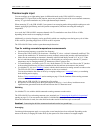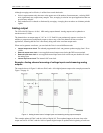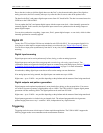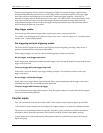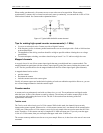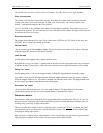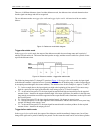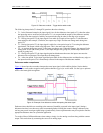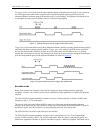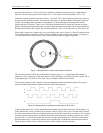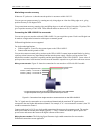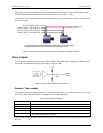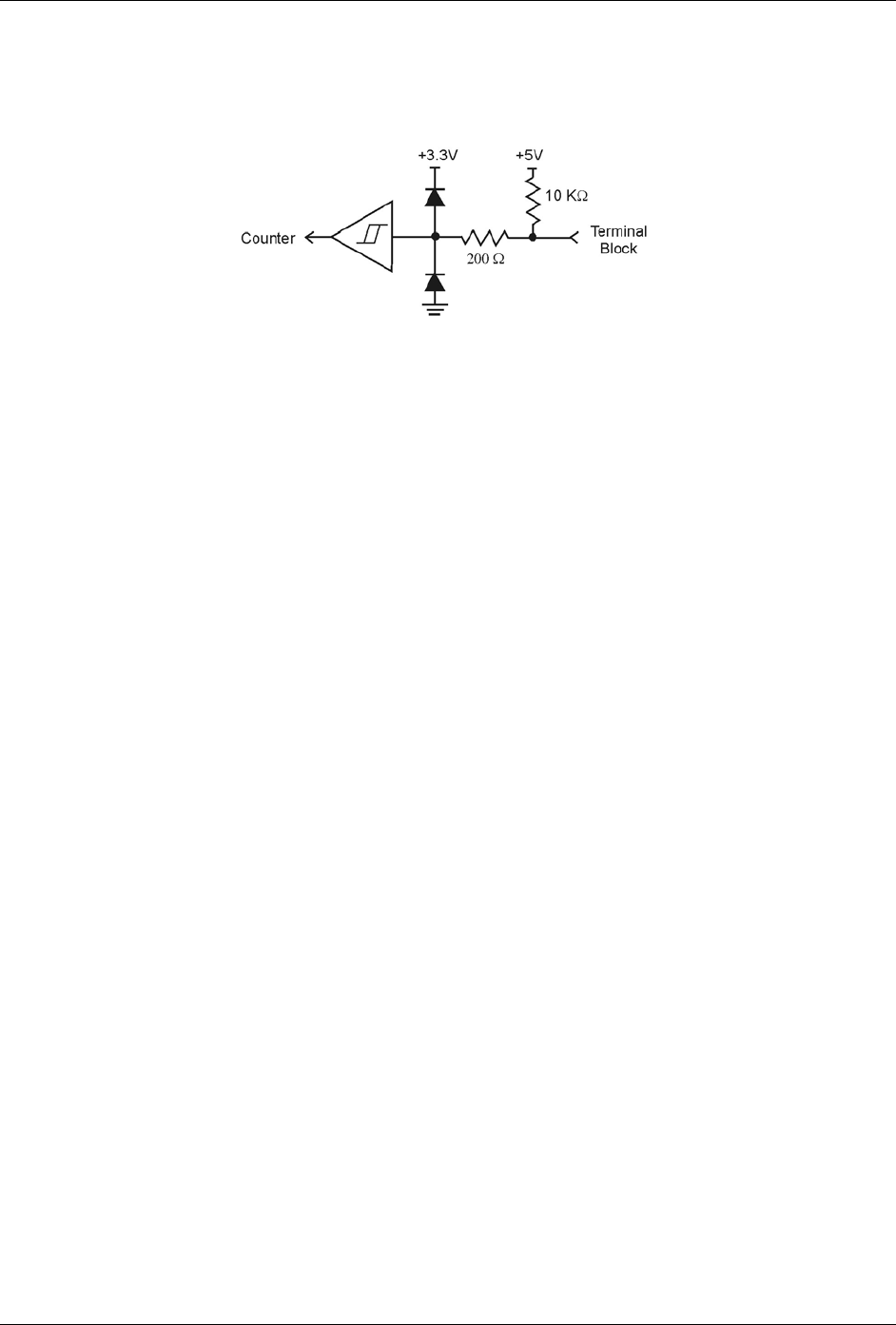
USB-1616HS-2 User's Guide Functional Details
27
When reading synchronously, all counters are set to zero at the start of an acquisition. When reading
asynchronously, counters may be cleared on each read, count up continually, or count until the 16-bit or 32-bit
limit has been reached. See counter mode explanations below.
Figure 12. Typical USB-1616HS-2 counter channel
Tips for making high-speed counter measurements (> 1 MHz)
Use coax or twisted-pair wire. Connect one side to Digital Common.
If the frequency source is tolerant, parallel-terminate the coax or twisted-pair with a 50 or 100 resistor
at the terminal block.
The amplitude of the driving waveform should be as high as possible without violating the over-voltage
specification.
To ensure adequate switching, waveforms should swing at least 0 V to 5 V and have a high slew rate.
Mapped channels
A mapped channel is one of four counter input signals that can get multiplexed into a counter module. The
mapped channel can participate with the counter's input signal by gating the counter, latching the counter, and
so on. The four possible choices for the mapped channel are the four counter input signals (post-debounce).
A mapped channel can be used to:
gate the counter
decrement the counter
latch the current count to the count register
Usually, all counter outputs are latched at the beginning of each scan within the acquisition. However, you can
use a second mapped channel to latch the counter output.
Counter modes
A counter can be asynchronously read with or without clear on read. The asynchronous read-signals strobe
when the lower 16-bits of the counter are read by software. The software can read the counter's high 16-bits
some time later after reading the lower 16-bits. The full 32-bit result reflects the timing of the first
asynchronous read strobe.
Totalize mode
The Totalize mode allows basic use of a 32-bit counter. While in this mode, the channel's input can only
increment the counter upward. When used as a 16-bit counter (counter low), one channel can be scanned at the
12 MHz rate. When used as a 32-bit counter (counter high), two sample times are used to return the full 32-bit
result. Therefore a 32-bit counter can only be sampled at a 6 MHz maximum rate. If you only want the upper
16 bits of a 32-bit counter, then you can acquire that upper word at the 12 MHz rate.
The counter counts up and does not clear on every new sample. However, it does clear at the start of a new scan
command.




